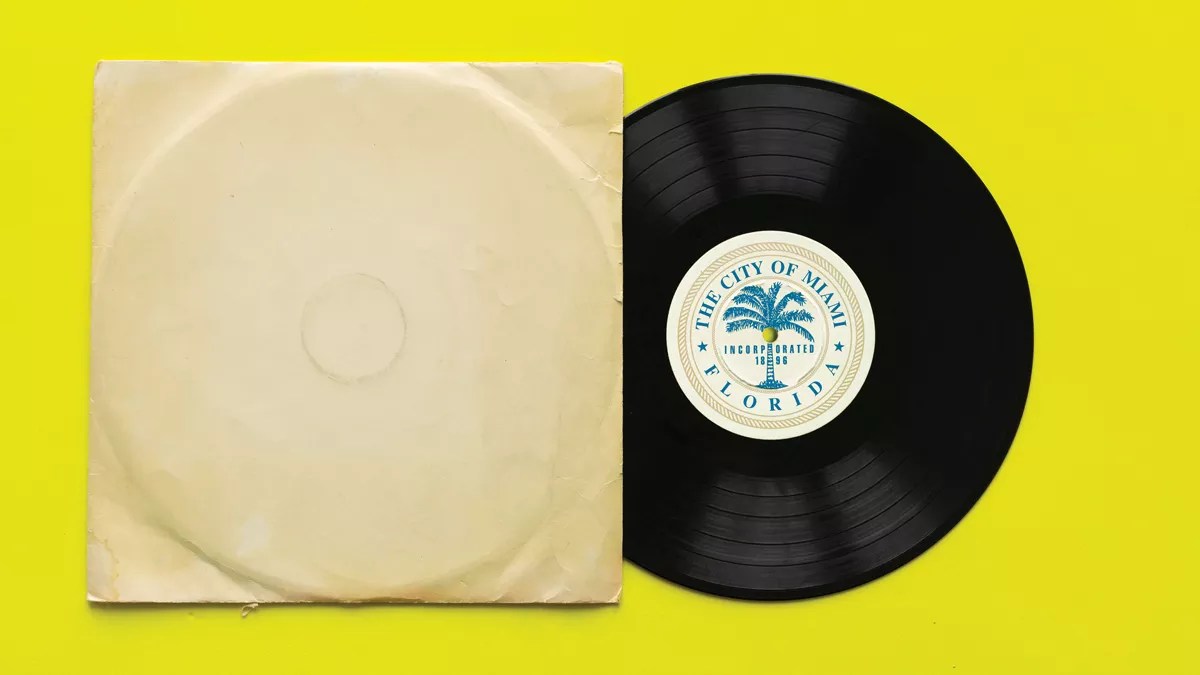
Illustrration by Kristin Bjornsen/Source images via Adobe Stock and public domain

Audio By Carbonatix
Miami is a city of diversity, motion, magic, pageantry, and rhythm – lots of rhythm. But it wasn’t always like this.
Before 1960, the city was a refuge for retirees and a winter destination for the rich. Miami commenced its true emergence when social, political, and cultural changes converged upon the city, among them the rising civil rights movement in the American South, a mass exodus fleeing a political dictatorship in Cuba, the counterculture and sexual liberation movements, and the arrival of the Beatles in Miami Beach and their live performance on The Ed Sullivan Show at the then-sleek, now-demolished Deauville Beach Resort hotel.
The early Sixties marked the beginning of a gradual assimilation of cultures, customs, traditions, and language that altered the city’s trajectory. That tumultuous watershed also loosed a veritable hydrant of music that encapsulated the city’s historical and cultural legacy of the last 60 years.
The music bears witness to the evolution of the city’s vibrant strands of Black and Caribbean soul, the birth of disco and hip-hop, the crossover of Latin genres into mainstream pop, a vibrant underground rock scene that coincided with (and was eclipsed by) West Coast grunge, and the burgeoning popularity of Latin pop and reggaeton.
Here, listed in chronological order, are ten essential albums that engraved the Magic City’s past 60 years on vinyl.

Gospel singer Sam Cooke refused to play for segregated audiences.
Photo by Jess Rand/Michael Ochs Archives/Getty Images
1963: Live at the Harlem Square Club, Sam Cooke
In the early 1960s, Overtown residents endured massive displacement to make room for the southbound extension of I-95. Fortunately, the spirit of Miami’s Black community remained intact. Local hotels like the Sir John and the Mary Elizabeth, which featured lively nightclubs and piano bars, booked top Black entertainers – often late at night because the earlier time slots were reserved for white audiences across the MacArthur Causeway at the Fontainebleau and Eden Roc hotels. Because the artists were prohibited from staying overnight at those hotels due to their skin color, they’d head to Overtown.
Sam Cooke, the famous gospel singer from Clarksdale, Mississippi, refused to play for those segregated audiences. He preferred to go straight to the heart of the Black community. One night in 1963, he brought his spiritually encompassing style to a very engaged audience at Overtown’s Harlem Square Club in what would go down as a pivotal moment in Miami’s music history. The album was recorded live but wasn’t released until many years later because the higherups at RCA Victor deemed it commercially nonviable. Cooke performed multiple songs and medleys of classics in dazzling call-and-response succession, usurping the essence of each piece – many of which were written by white artists – for the love and benefit of his people. No wonder Live at the Harlem Square Club is honored in Rolling Stone‘s list of the “500 Greatest Albums of All Time.”
Other notable Miami-related albums spotlighting the civil rights era:
Hold On, I’m Coming, Sam & Dave (1966)
One Night in Miami… (Original Motion Picture Soundtrack), Various Artists (2021)
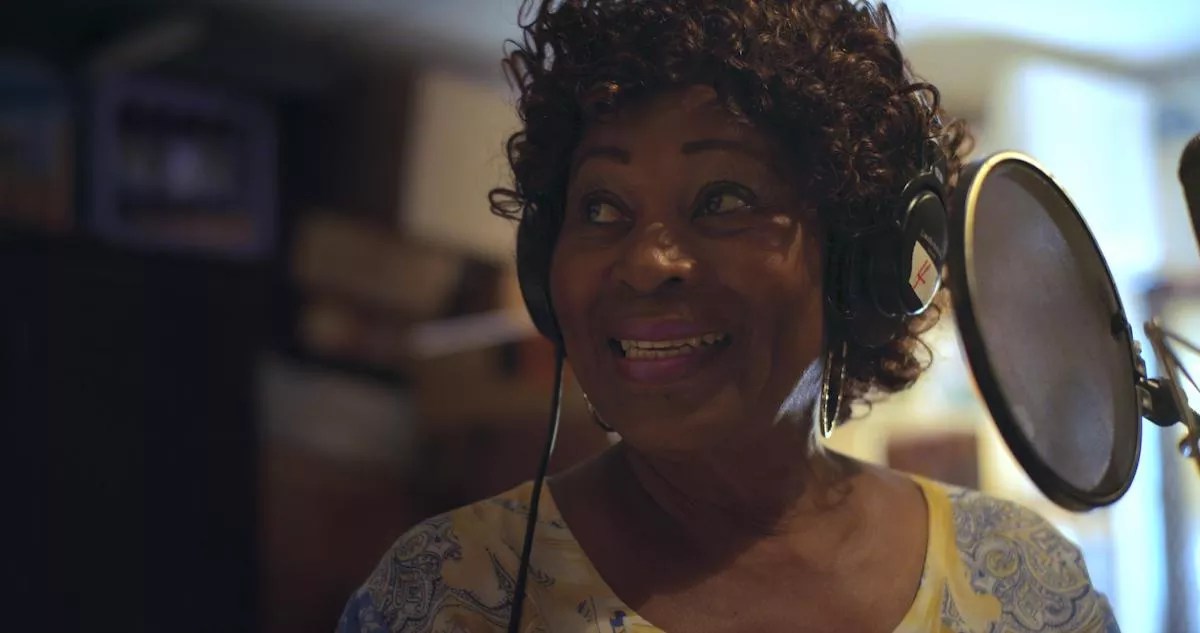
Helene Smith is Miami’s First Lady of Soul.
Crown Street Films photo
1967: Helene Smith Sings Sweet Soul, Helene Smith
Any credible encyclopedia of American soul music would devote a page to the 305, and that page would begin with Miami’s First Lady of Soul, Helene Smith.
Originally from Alabama, the Smith family settled in Miami in the 1950s, and Smith began singing at the local Baptist church. At Miami’s Brownsville Junior High, she honed her vocal skills under the tutelage of music teacher Johnny Pearsall.
Years later, Pearsall hired Smith at Johnny’s Records, a record store he opened in Liberty City. The neighborhood’s aspiring musicians frequented the shop upon learning that there was a sectioned-off space in the rear that housed a sizable tape-recording device and a piano. Upstarts Clarence Reid and Willie Clarke composed the music, and their go-to vocalist was Helene Smith. Pearsall and Clarke cofounded Deep City Records, Florida’s first Black-owned record company, and recruited the best young singers at talent contests or from local churches. Deep City and affiliated labels Blue Star and Lloyd became an incubator for the city’s R&B talent. Smith’s 1964 recording, “The Pot Can’t Talk About the Kettle,” was the label’s first release.
Smith’s only album, Helene Smith Sings Sweet Soul, featured her biggest commercial hit, “A Woman Will Do Wrong,” a vintage soul vinyl collection gem that peaked at number 20 on Billboard’s R&B chart in August 1967.
Other notable Miami soul albums:
My First Time Around, Betty Wright (1969)
I Love the Way You Love, Betty Wright (1972)
Party Down, Little Beaver (1974)
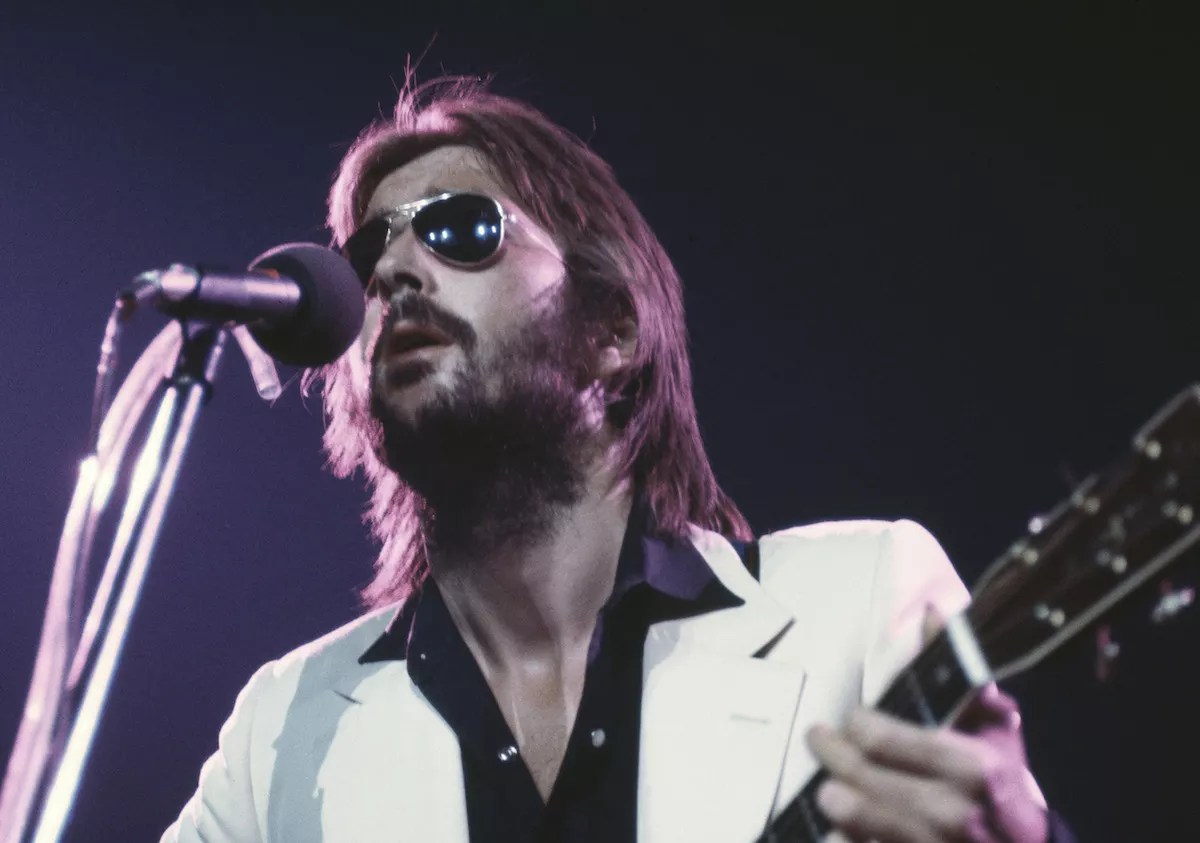
Eric Clapton found a fresh start in Miami.
Photo by Steve Morley/Redferns/Getty Images
1974: 461 Ocean Boulevard, Eric Clapton
When disgraced stockbroker Jordan Belfort (AKA the Wolf of Wall Street) established residency in Miami in late 2021, it wasn’t the first time someone craved a fresh start in the Magic City.
Recorded at North Miami’s Criteria Recording Studios, the birthplace of many great recordings by artists who also sought a new direction in their music, Clapton’s 461 Ocean Boulevard finds him in a very relaxed state of mind.
The album was named after the address of the Golden Beach bungalow Clapton rented while trying to recover from heroin addiction. Miami proved to be the idyllic muse for the former lead guitarist of Cream and Derek and the Dominos, inspiring him to record several melodic bluesy and island-vibe tracks, including a cover of Bob Marley’s “I Shot the Sheriff,” which charted as Clapton’s first number one Billboard single as a solo artist, making a compelling case that exposure to Miami’s oppressive heat and moisture may ultimately lead to redemption.
Other notable albums from the Criteria archive:
Hotel California, Eagles (1976)
Rumors, Fleetwood Mac (1977)
Saturday Night Fever, Bee Gees (1977)
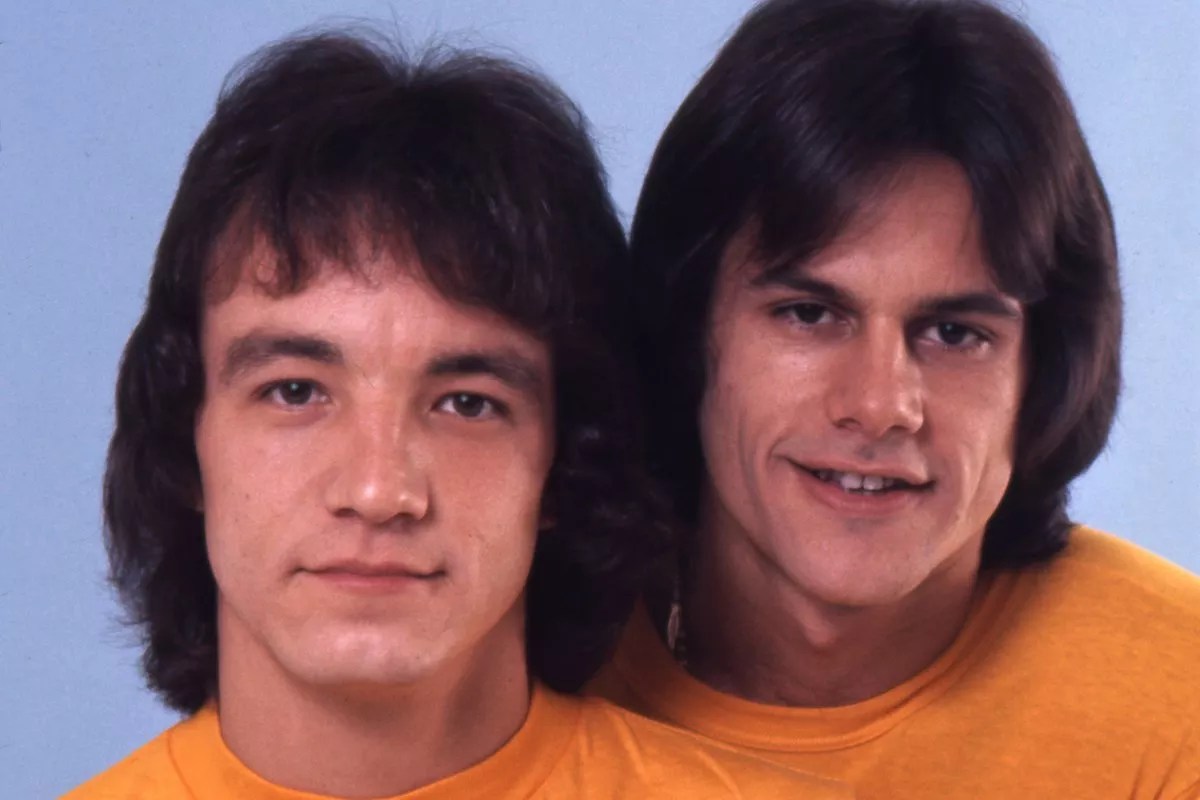
Richard Finch (left) and Harry Wayne Casey helped usher in Miami’s disco era.
Photo by Michael Ochs Archives/Getty Images
1975: KC and the Sunshine Band, KC and the Sunshine Band
In the 1970s, independent record producer Henry Stone upgraded his Miami-based music studio TK Productions and moved into an 18,000-square-foot warehouse in Hialeah. From this location, TK released a series of soul classics featuring Betty Wright, Little Beaver, and Clarence Reid. In those early years, Stone hired two young men, Harry Wayne Casey and Richard Finch, to assist with myriad studio tasks, including packing records for distribution. After hours, Stone allowed Casey and Finch, enterprising musicians, to experiment with recording gear, kicking up the funk with repetitive snares and upbeat high-hats. Soon the pair was composing and producing “Rock Your Baby” for George McCrae. Topping the charts in 1974, the song is celebrated by many as disco music’s first hit.
Influenced by 1960s Motown funk and vibrant Caribbean music, Casey and Finch formed KC and the Sunshine Junkanoo Band, later shortened to KC and the Sunshine Band, and TK’s Miami sound – with its immediate appeal for the post-Vietnam tenor of the times – emerged. The group’s 1975 debut birthed three number-one hits, including “That’s The Way I Like It” and “Get Down Tonight.” For a brief period in music history, disco ruled dance floors and radio airwaves, and Miami’s KC and the Sunshine Band danced atop the mirrored-glass globe.
Other notable albums from the TK family:
The Beginning of the End, Funky Nassau (1971)
Rock Your Baby, George McCrae (1974)
Gwen McCrae, Gwen McCrae (1974)
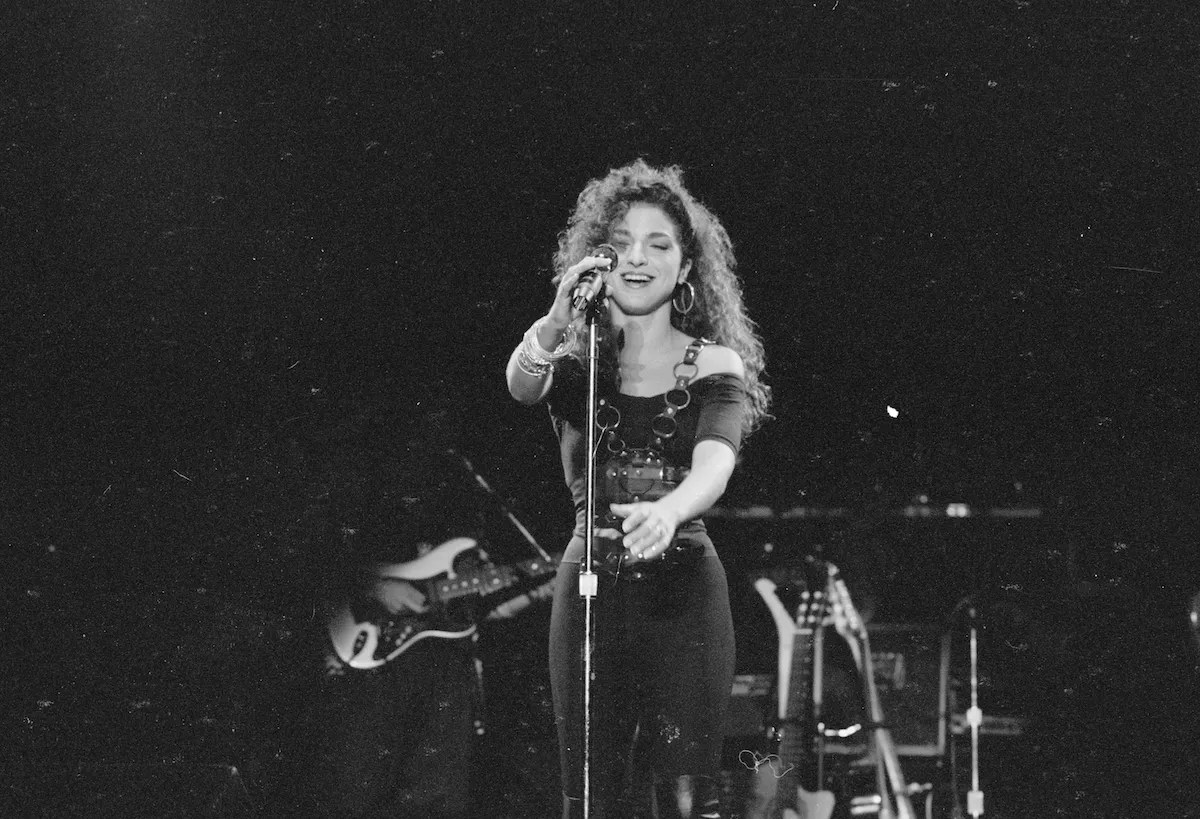
Gloria Estefan and the Miami Sound Machine’s 1987 album Let It Loose was the most successful Latin crossover at its time.
Photo by Michael Ochs Archives/Getty Images
1987: Let It Loose, Gloria Estefan and the Miami Sound Machine
Emilio Estefan’s band, the Miami Latin Boys, was a popular option for local wedding planners in the 1970s. One night, a young woman named Gloria Fajardo and her friend Merci Navarro were nudged by their mothers to join the band onstage to sing a few standards. Gloria and the bandleader, who played piano and congas, eventually fell in love, renamed the group Miami Sound Machine, and scored a contract with CBS Records, releasing a string of crossover dance hits infused with a big-band, tropical-pop sound.
In 1987, Gloria Estefan and the Miami Sound Machine unveiled Let It Loose, the most successful Latin crossover album of its time. Tumbadoras, saxophones, trumpets, keyboards, and tribal kick drums punctuated pop-friendly Latin rhythms that were gonna get you and pop ballads into which Gloria poured her heart. The album yielded four Top 10 hits and catapulted Gloria to global stardom and permanent pop-diva status. The Grammy Award winner went on to perform at the White House, produce a critically acclaimed Broadway show about her relationship with Emilio, headline a Super Bowl halftime show, and (along with Emilio) receive the Library of Congress Gershwin Prize in 2019.
Other notable albums featuring Miami pop divas:
Exposure, Exposé (1987)
Company B, Company B (1987)
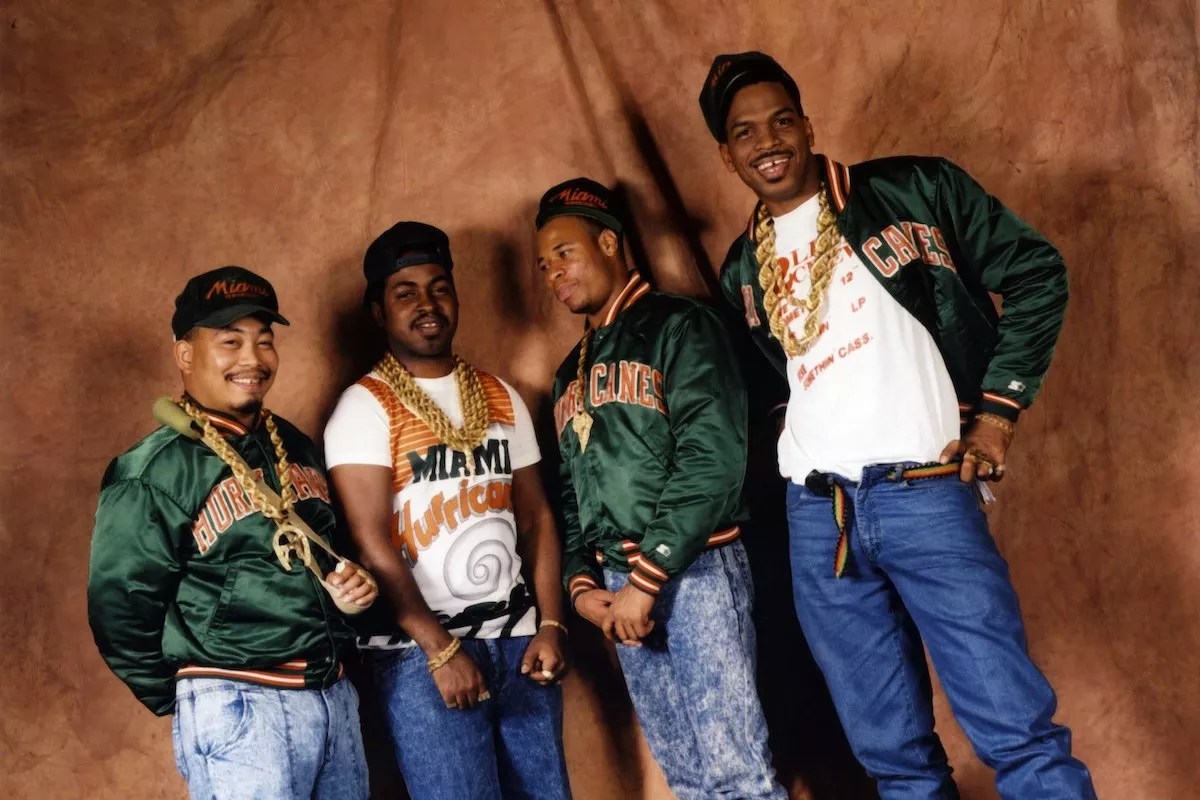
The 2 Live Crew is the reason music comes with an explicit content warning.
Photo by Michael Ochs Archives/Getty Images
1987: Is What We Are, The 2 Live Crew
Led by Luther Campbell, a ghetto DJ from Miami’s Liberty City neighborhood, and a trio of artists he recruited from California, including scratch master Mr. Mixx, the 2 Live Crew dropped its debut album in 1987 and set the world afire with a big booty sound later dubbed Miami bass, leaning heavily on the low-thumping and earth-shaking boom of the Roland TR-808 Rhythm Composer and the raunchiest lyrics you’d ever heard on a mixtape that was slipped to you by a friend after school.
The 2 Live Crew is why the letter E, for “explicit,” appears next to certain songs on your favorite music streaming service. The hip-hop group united moralist politicians from the right and the left against them in both public and courtroom battles over censorship, public decency, and free speech. The 1990 public arrest of the group at a Fort Lauderdale club ordered by then Broward County Sheriff Nick Navarro elevated the 2 Live Crew’s profile to further national prominence. Eventually, as then-music editor Greg Baker’s exhaustive reporting informed New Times readers in weekly installments, the 11th U.S. Court of Appeals ruled that the 2 Live Crew’s music, although obscene, had artistic value and was protected by the First Amendment. The group’s 1987 debut album included Miami Bass classics such as “Get It, Girl,” “Throw the ‘D,'” and “We Want Some Pussy,” and permanently marked Miami’s contribution to hip-hop’s early decade.
Other notable albums from Miami’s nasty rap archives:
The Weird World of Blowfly, Blowfly (1973)
As Nasty as They Wanna Be, the 2 Live Crew (1989)
Banned in the USA, the 2 Live Crew (1990)
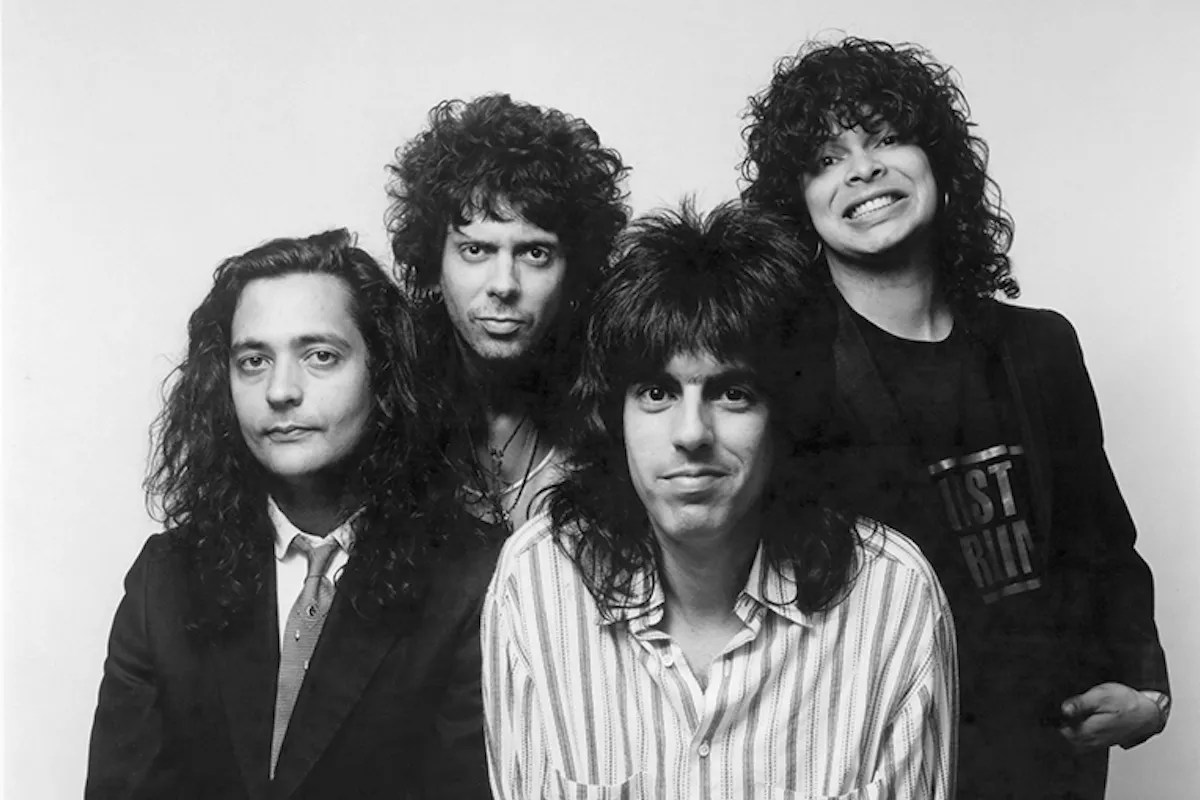
Nuclear Valdez comprised four long-haired Miami boys.
Photo by Steven Paul Hlavac
1989: I Am I, Nuclear Valdez
While hip-hop, dance music, and Miami freestyle commanded local radio airwaves in the 1980s, a thriving rock ‘n’ roll scene still held a grip on parts of the city, led by none other than Nuclear Valdez. The Nukes, as they were endearingly referred to, comprised four long-haired Miami boys of either Cuban or Dominican descent with a palpable love for guitar distortion and harmonizing themes.
The band garnered national attention by winning radio contests hosted by former FM rock station WSHE and dominated Miami’s alternative rock scene in the mid- to late ’80s with a sound and vibe that channeled U2, the Alarm, and Midnight Oil. Following a reported bidding war among large record companies, Nuclear Valdez landed a major deal with Epic Records. The debut album’s first single, “Summer,” included a music video filmed locally that won MTV daily-loop honors for several months. The album embodied the angst, emotion, and anxiety of Miami’s politically charged immigrant experience, abetted by hard-rock riffs, agreeable melodies, heart-pounding drum beats, and soulful lyrics. A second album in 1991 did not fare so well, and eventually, the record company shelved the Nukes in favor of the burgeoning grunge scene in Seattle. Nevertheless, the I Am I is a noteworthy debut and proof of Miami’s rockier roots.
Other notable alternative and indie-rock options:
Nil Lara, Nil Lara (1996)
No Seasons, Jacuzzi Boys (2009)
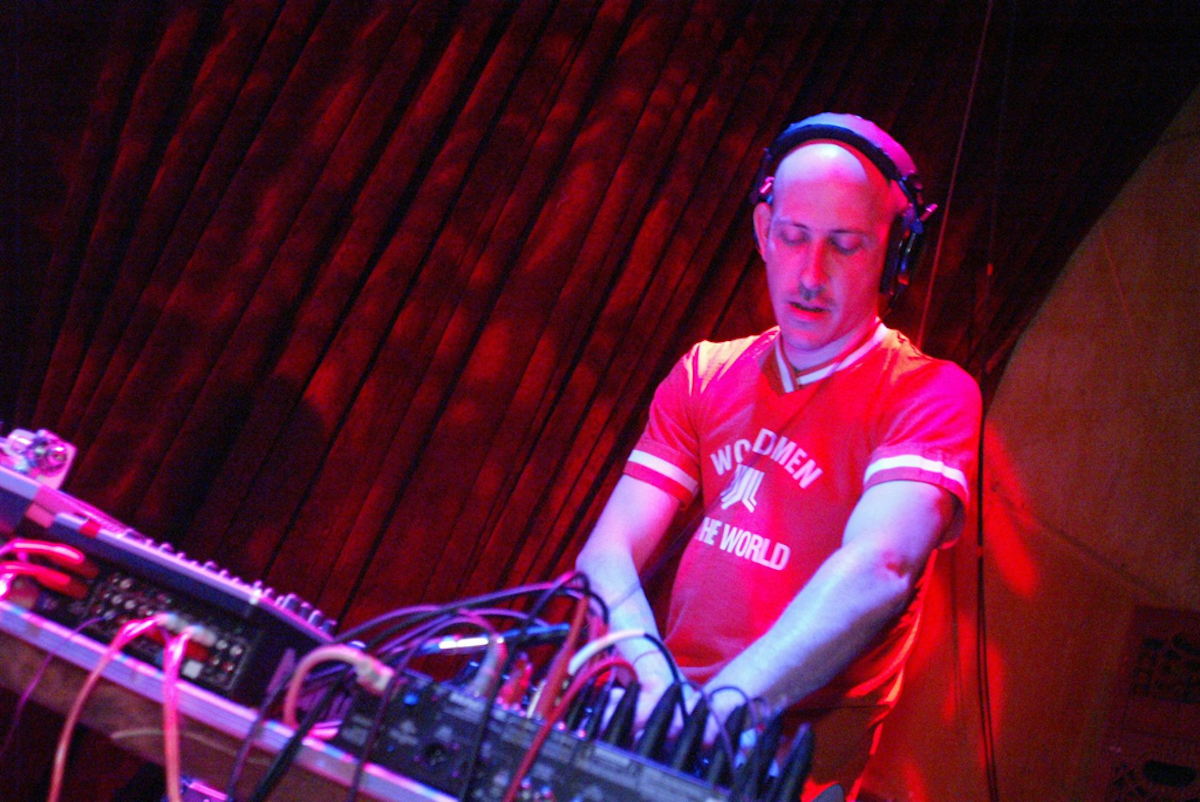
Andrew Yeomanson is equally at home listening to Black Sabbath as he is to Haitian rhythms.
Photo by Raul Rubiera
2002: ¡Fuacata! Live, Spam Allstars
At the dawn of the 21st Century, Miami music was fragmenting into silos as various technologies democratized access to recorded music. Experimentation by multicultural and diverse enthusiasts resulted in subgenres that hovered over the Magic City like loose, atmospheric particles. A foreigner came to the 305 to make some sense of it and, in the process, began to shape Miami’s musical identity in the new millennium.
Born in Canada and raised in London, the nomadic Andrew Yeomanson was equally at home listening to Black Sabbath as he was to Haitian rhythms. An enthusiastic record collector and music archivist, Yeomanson drew from Latin and Caribbean music, American jazz, and Miami bass to form Spam Allstars, featuring Mercedes Abal, Adam Zimmon, John Speck, AJ Hill, and Tomas Diaz. On Thursday nights at Calle Ocho’s Hoy Como Ayer, the group staged ¡Fuacata!, a weekly residency on a crammed elevated stage while clips of the 1970s bilingual PBS sitcom ¿Qué Pasa, U.S.A? were projected on the wall behind them. The dance floor was dimly lit, and hipsters swayed and sweated next to 60-year-old abuelitos. It was both trendy and nostalgic and felt multi-generationally right.
The authentic vibe drew national interest. Stories appeared in the New York Times, Washington Post, and Rolling Stone. One night, Mick Jagger stopped in. So did Prince. In 2002, the group released ¡Fuacata! Live, encompassing the blending of cultures, rhythms, and influences, along with voice clips from Álvarez Guedes, Fidel Castro, and Walter Mercado, earning the band a Latin Grammy nomination for “Best Pop Instrumental Album.”
Other notable albums featuring Miami’s diverse instrumentalists:
La Verdad, Locos Por Juana (2008)
Modern Animal, Magic City Hippies (2019)
Dreamlike, Electric Kif (2021)
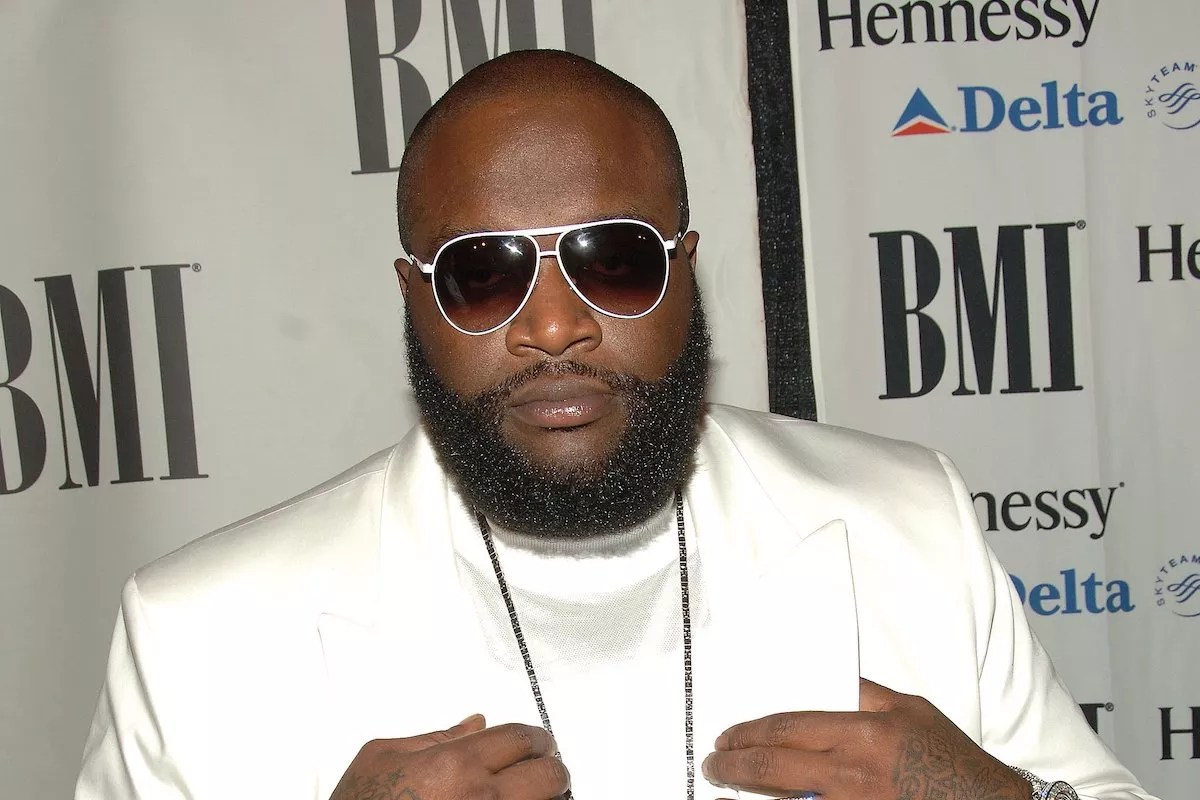
Rick Ross goes all in with the cocaine kingpin theme in his 2006 debut album, Port of Miami.
Photo by William D. Bird/Getty Images
2006: Port of Miami, Rick Ross
In the M-I-(Y)A-Yo. Whether it’s the illicit proceeds that funded the development of commercial and high-end residential towers along Brickell Avenue, the abundance of cash deposits at local banks that compelled Congress to enhance cash activity controls, or the protests in the early 1980s about a certain film that upset the Cuban community because of how negatively it depicted the exiles, few would deny that Miami has an extensive, albeit sordid, love-hate history with white marching powder. Tony Montana’s meteoric rise from Cuban political prisoner to Miami cocaine kingpin in 1983’s Scarface made the character an icon to both East and West Coast hip-hop artists.
Miami-born Rick Ross goes all in with this theme in his 2006 debut album, Port of Miami, which even includes a sample of the Giorgio Moroder-produced “Push It to the Limit,” off the Brian De Palma-directed film on Ross’ opening track. The rest of this essential Miami album raps about cocaine, designer brands, and everyday hustlin’. Port of Miami hit the charts hard and scored the number-one spot on the Billboard 200 chart that year.
Other notable albums that highlight Miami street life:
Thugs Are Us, Trick Daddy (2001)
Zuu, Denzel Curry (2019)
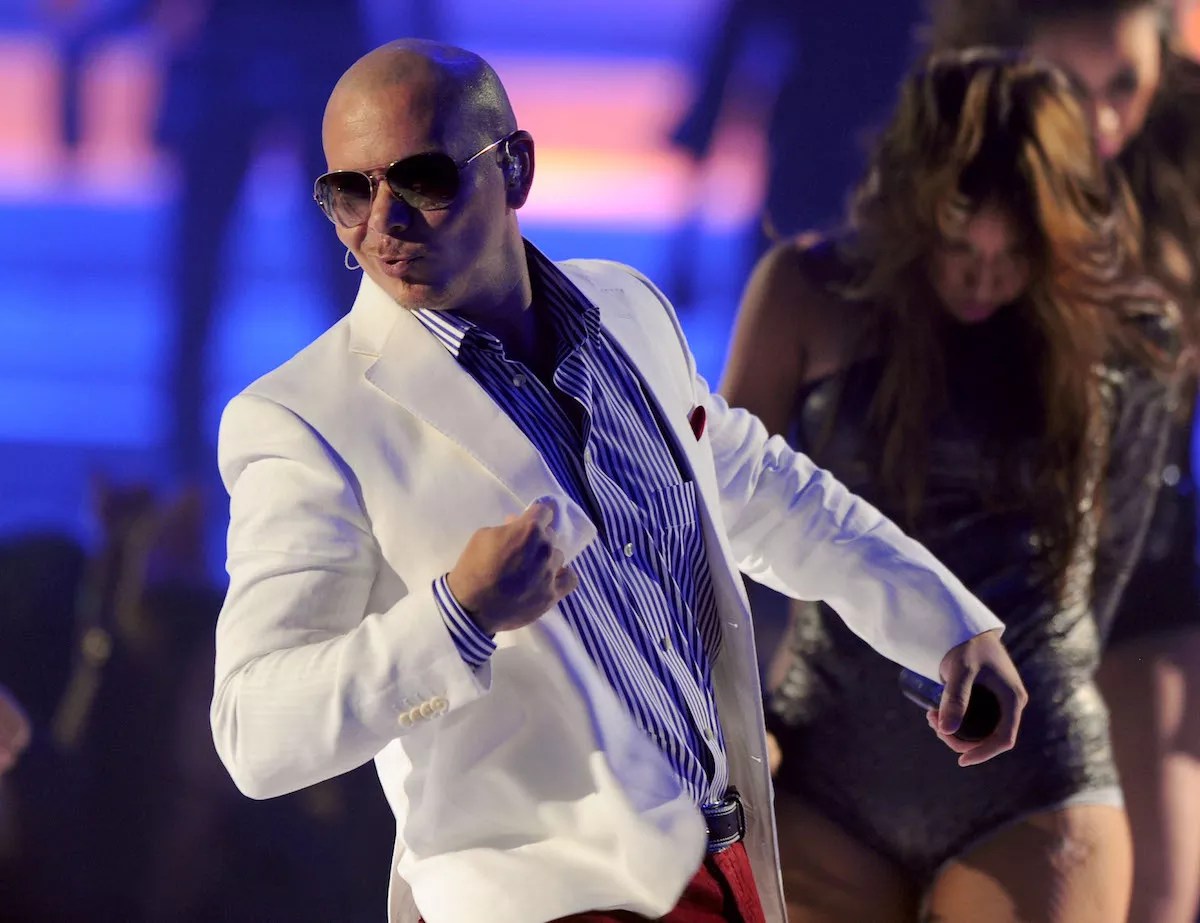
Pitbull’s music combines elements of reggaeton and juicy old-school crunk.
Photo by Kevin Winter/Getty Images
2011: Planet Pit, Pitbull
Reggaeton is a global phenomenon. Daddy Yankee, Luis Fonsi, Maluma, and Bad Bunny top the charts, generate billions of streams on YouTube and Spotify and sell out arenas and stadiums. In Miami, reggaeton is as ubiquitous as humidity. Whether you’re lying on a blanket on Miami Beach, driving with your windows down on U.S. 1, or someone’s last-minute guest on an illegal party boat on Biscayne Bay, the inescapable, methodical 80- to 90-bpm time pattern that originated in the barrios of Puerto Rico has saturated Miami’s soundscape since Daddy Yankee poured “Gasolina” over the 305 more than 15 years ago.
To honor Miami’s affinity for La Isla del Encanto’s most prolific export, this list includes the rhymes and rhythms of our very own Latin rhyme spitter, Pitbull. Pitbull’s music combines elements of reggaeton and juicy old-school crunk. In 2011’s Planet Pit, the artist formerly known as “Mr. 305” launched himself into the stratosphere as he sped up the bpm and incorporated danceable pop melodies into the mix. Planet Pit is a Miami-style all-inclusive party with a guest list befitting an atomic splash, finding Pitbull mingling with Ne-Yo, Afrojack, Marc Anthony, T-Pain, Enrique Inglesias, and even Jamie Foxx, an impressive roster to take himself and the 305 worldwide. The album even features the rapper’s first number-one hit, “Give Me Everything.” Mission accomplished. ¡Dale!
Other notable Miami reggaeton-influenced albums:
M.I.A.M.I., Pitbull (2004)
Ántimo, Nicky Jam (2019)